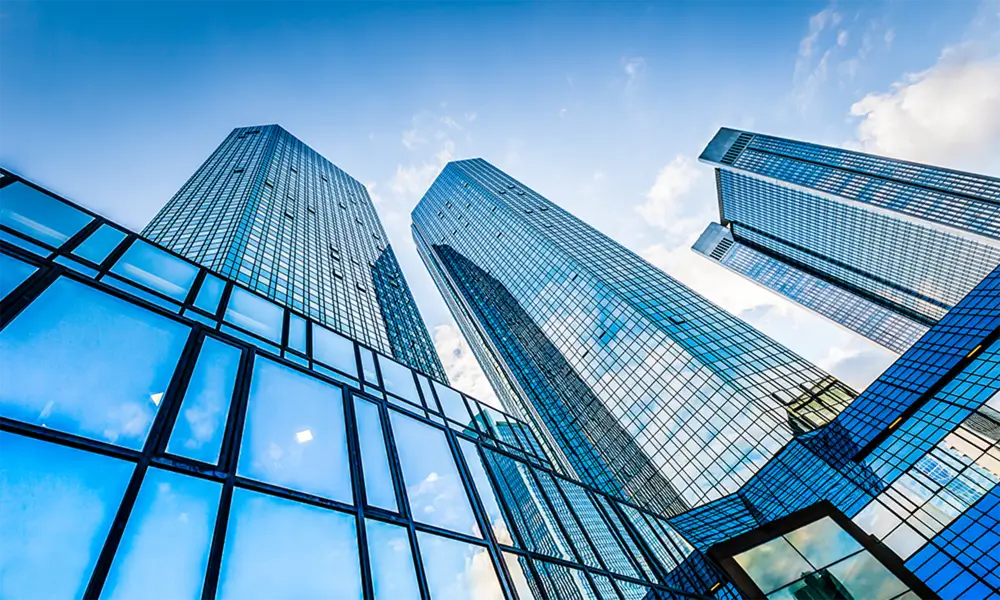

The Benefits and Applications of Large Insulated Glass Panels
In the realm of modern architecture and construction, large insulated glass panels represent a pivotal advancement in design and functionality. As buildings evolve to embrace larger openings and natural light, these panels offer numerous advantages that enhance both aesthetic appeal and energy efficiency.
What Are Large Insulated Glass Panels?
Large insulated glass panels are sheets of glass that consist of two or more panes separated by a space filled with air or gas, such as argon or krypton. This arrangement creates a barrier that significantly reduces heat transfer, making these panels highly effective insulators. Typically, these panels are used for windows and facades in residential, commercial, and industrial buildings.
Aesthetic Appeal and Natural Light
One of the most notable benefits of large insulated glass panels is their ability to enhance the aesthetic appeal of a structure. Large expanses of glass can create a seamless connection between indoor and outdoor spaces, allowing natural light to flood interiors. This not only improves the ambiance of a space but also has psychological benefits for occupants, including increased productivity and well-being.
Architects and designers are increasingly drawn to the versatility of large glass panels. They can be shaped and configured in various ways, providing endless design possibilities. From sleek modern homes to grand commercial buildings, the use of expansive glass facades can create stunning visual impacts, making structures more inviting and vibrant.
Energy Efficiency
Aside from their aesthetic contributions, large insulated glass panels play a crucial role in enhancing energy efficiency. Traditional single-pane windows are notorious for their poor insulation properties, leading to significant energy loss and increased heating and cooling costs. In contrast, insulated glass panels are designed to maintain stable indoor temperatures by minimizing heat transfer.
The air or gas trapped between the panes serves as an insulator, reducing the need for artificial heating and cooling. This allows buildings to comply with increasingly stringent energy codes and sustainability standards. Additionally, many of these panels come with low-emissivity (Low-E) coatings, which further improve their thermal performance by reflecting infrared light while allowing visible light to pass through.

Noise Reduction
Another significant advantage of large insulated glass panels is their ability to reduce noise pollution. This is particularly beneficial in urban environments where external noise can be intrusive. The thickness of the glass combined with the insulating space effectively dampens sound transmission, creating tranquil interiors. Consequently, spaces such as offices, residential homes, and hospitals can maintain a peaceful atmosphere, contributing to the comfort and productivity of their occupants.
Durability and Low Maintenance
Contemporary insulated glass panels are designed for durability. They are often treated with protective coatings that enhance their resistance to scratches, UV rays, and weathering. This robustness ensures that the panels retain clarity and performance over time, reducing the need for frequent replacements.
Furthermore, large insulated glass panels typically require minimal maintenance. Regular cleaning and occasional inspections are usually sufficient to keep them in optimal condition. This ease of maintenance is particularly advantageous for commercial properties where high maintenance costs can be detrimental to operational budgets.
Applications in Various Sectors
The applications of large insulated glass panels are vast. In residential buildings, they allow homeowners to enjoy unobstructed views while providing excellent thermal performance. In commercial structures, these panels can be used to create impressive entranceways, atriums, and meeting spaces that foster collaboration and creativity.
Moreover, in industrial settings, insulated glass can be employed in warehouses and manufacturing facilities to enhance natural lighting without compromising energy costs. Manufacturers are also leveraging these panels for production lines that require controlled environments.
Conclusion
In conclusion, large insulated glass panels are more than just a design trend; they are a transformative element in modern architecture. With their ability to improve energy efficiency, enhance aesthetics, reduce noise, and require minimal maintenance, these panels are paving the way for the buildings of the future. As sustainability takes center stage and architects seek innovative solutions, large insulated glass panels will undoubtedly play a crucial role in shaping our built environment.